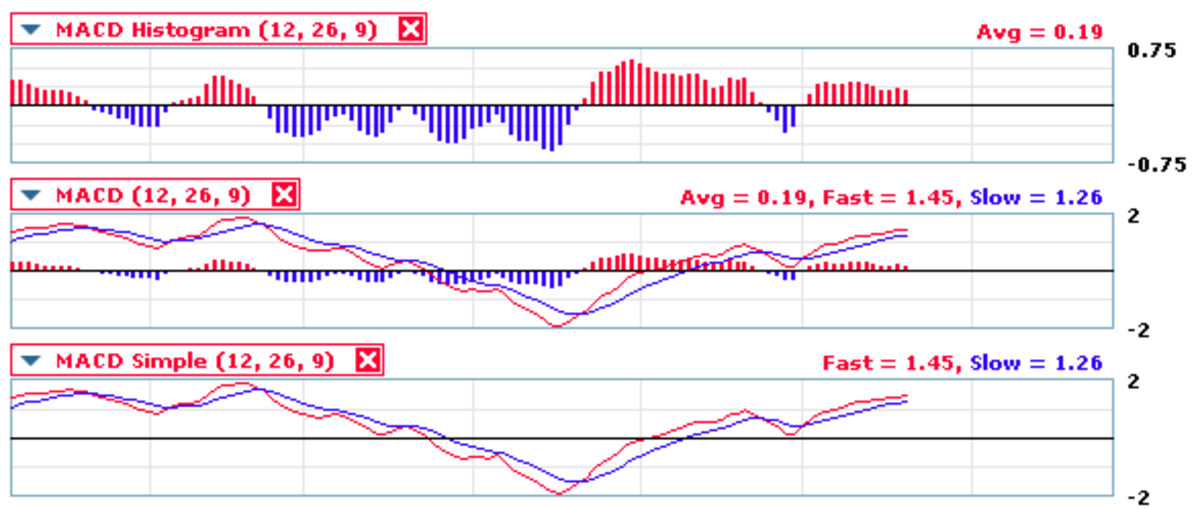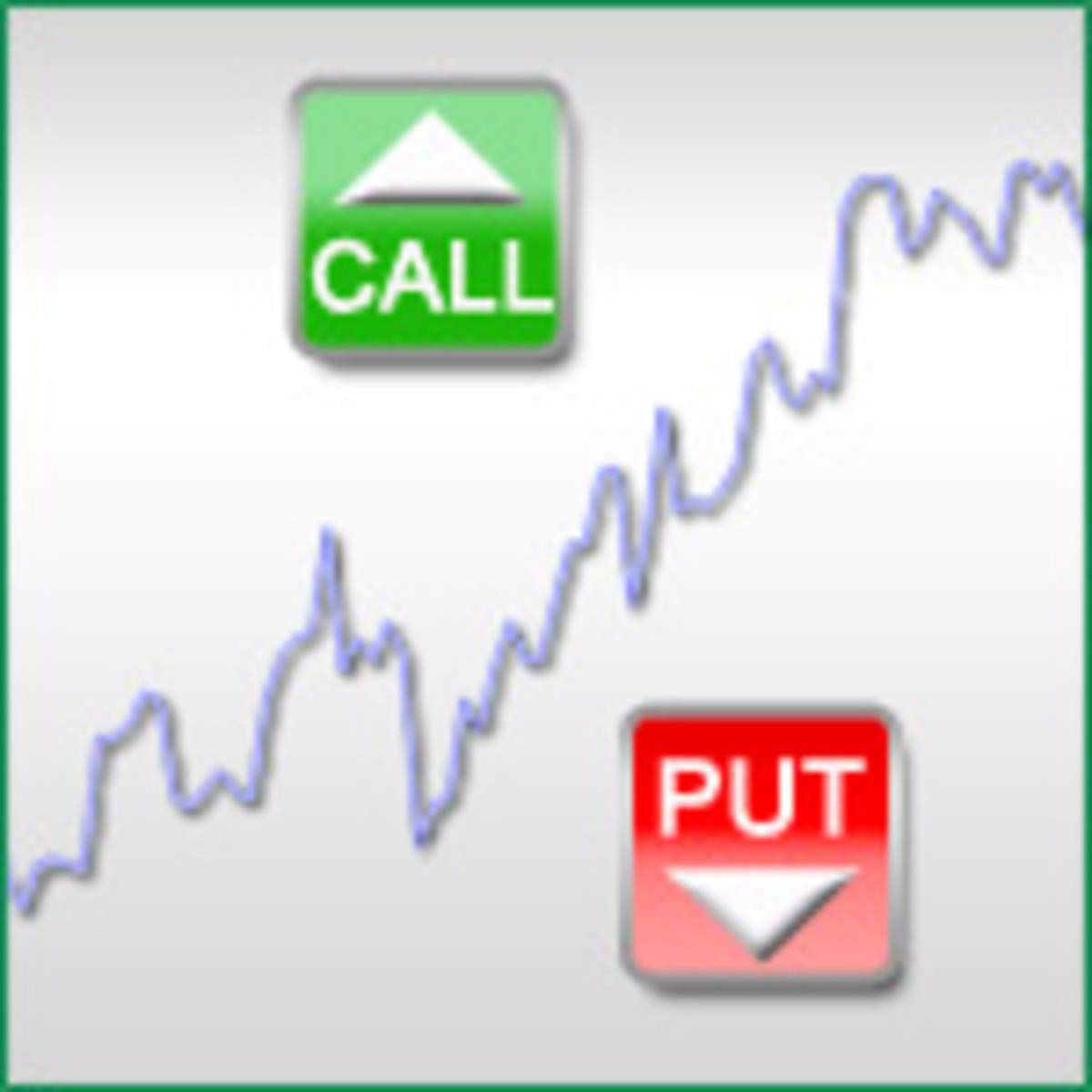High Frequency Trading, Algorithmic Trading and Flash Trading
There has been a lot of controversy in recent months around the topic of high-frequency trading (HFT), paricularly in the wake of the so-called “flash crash” on May 6th 2010, when the US equities market collapsed by ten percent and subsequently recovered, all in the space of around twenty minutes.
High frequency trading, algorithmic trading and flash trading have all come in for substantial criticism, with many people using these terms interchangeably. But the three things are not the same, so in this article I will try to explain the differences between the three.
In simple terms, flash trading is a subset of high frequency trading, which itself is a subset of algorithmic trading.
Algorithmic Trading
The term algorithmic trading describes any kind of trading where orders are generated by computer programs. The computer program might be responsible for actually generating the trading signal (e.g. in a quantitative trading or statistical arbitrage type application), or it might just be responsible for chopping up orders and sending them into the market (e.g. in a VWAP, or Volume-Weighted Average Price type application).
High Frequency Trading
High frequency trading is the subset of algorithmic trading where a large number of orders (usually fairly small in size) are sent into the market at high speed, with round-trip exection times usually measured in microsecond (i.e. millionths of a second). High frequency traders are constantly taking advantage of very small price imbalances. But because they do it at high volume, they are able to generate sizeable profits. Typically a high frequency trader would not hold a position open for more than a few seconds.
Flash Trading
Flash trading is the subset of high-frequency trading that has been causing the most controversy. The reason for this is that is is a form of trading that is only open to a select group of trading firms, who the exchanges allow to see orders a split second before the rest of the market. Although it is a very short fraction of time, it is enough for the flash traders to act and therefore gain a significant advantage over other market participants. It was introducte by exchanges in a bid to incrrease liquidity but now there are increasing calls for it to be outlawed.
Even if flash trading is banned, the controversy will no doubt rage on. The investigations into the events of May 6th have not shown the crash to have been caused by high frequency traders, but there is still a major clamour for greater regulation around the practice.
As technology evolves, so does the market. It will be interesting to see where it all goes from here.







